instant-collection-zombie
5K posts
Don't wanna be here? Send us removal request.
Text
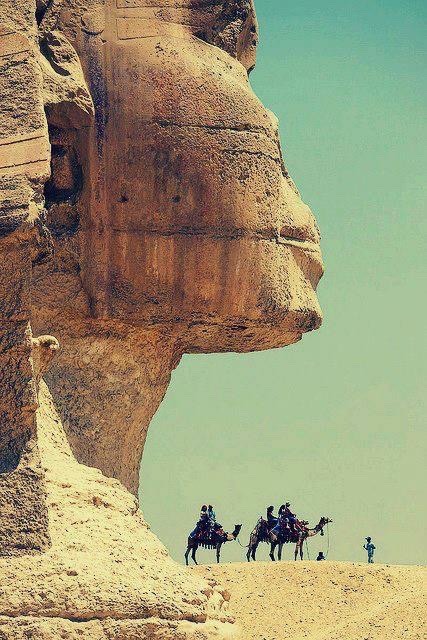
The Great Sphinx
Who Built the Sphinx? The Sphinx Temple Has the Answer by Mark Lehner
Many alternative thinkers claim the Sphinx is much, much older, that it existed thousands of years before Khufu. But our study of the Sphinx and the temple lying just below it—the Sphinx Temple—says no. As certain as we can be about such matters, Khafre created most of the Sphinx. However, Khufu might have started it.
The stone-by-stone map of the Sphinx Temple allowed us to investigate a telltale clue about who built the Sphinx. Quarrymen cut the core blocks (the ones forming the core of the temple walls) so thick—some weigh up to a hundred tons—that many of them include three geological layers. And it was clear that the layers in many blocks were the same as those that run through the bedrock of the Sphinx itself. The blocks had to have come from the U-shaped ditch around the Sphinx. When workers quarried the ditch they left a large block of limestone from which the Sphinx was carved.
As I moved about the Sphinx Temple during my first year of the mapping project, I was struck by how the geological layers run continuously in many places, from one block to another, as the layers must have run in the bedrock. The gangs of young men who moved these mighty stones did not have much chance of mixing them up from quarry to temple wall. The Sphinx and its temple must have been part of the same quarry-construction sequence. But could I prove this?
The following year I met Tom, who had the expertise needed to geologically “fingerprint” the blocks and trace them back to the quarry. Tom looked at the Giza Plateau less as an archaeological site and more as frozen sea floors, petrified, pancaked, and stacked into the bedrock layers from which the pyramid builders quarried blocks, created tombs, and carved the Sphinx.
These layers formed during the Eocene epoch—some 34 to 56 million years ago, as a great primordial sea retreated northward. Under its ebbing waters, a colossal bank of nummulites, unicellular plankton-like organisms, built up. A sandbar developed on the embankment, and in the more protected waters behind it, a shoal and coral reef grew. As the sea retreated to the north, the area behind the sand bank became a muddy lagoon, inhabited by burrowing bivalves and sea urchins. A regular sequence accumulated, which petrified as soft, yellow, marly layers interspersed with harder beds.
In carving the Sphinx directly from the natural rock, the ancient Egyptian quarrymen cut a cross-section through the principal geological layers of the southeastern slope of the Moqattam Formation. The hard layers of the shoal and reef, for example, make up the lowest layer in the Sphinx and its ditch.
Tom and I began our Sphinx Temple core block study by examining each layer, or bed, of the Sphinx. We gave each bed a number and marked them on photographs and on profiles of the Sphinx. The beds were easy to distinguish as they weathered differentially: harder beds protruded, softer beds receded. Also, the relative abundance of different fossils varied. Members I and II showed the greatest differences: I is a very hard gray reef formation, while the first bed of Member II, 2b, is one of the softest of the yellow marl-clay layers. Members II and III are distinct, but the boundary is not so clear as between I and II. Aigner, following an earlier geologist, set the boundary between Beds 7 and 8.
The massive fine-grained bedrock of Beds 8–9 made for good sculpting, with far more endurance than the soft-hard-soft sequence of Member II. This is why the 4th Dynasty builders reserved Member III for the more exposed head. Details like the eyebrows have survived wind, rain, and sand for 4,500 years.
But from which beds exactly did they cut the core blocks? Would this tell us where they were in fashioning the Sphinx at the time they built the Sphinx Temple? To answer these questions we logged each block. We recorded their lithic qualities and fossil content, and assigned each block to one of seven types, A through G.
Most of the Sphinx Temple core blocks are Type A and consist of three layers: upper and lower hard massive layers separated by the soft, yellow marl layer in the middle, which runs continuously through separate blocks over long stretches of temple wall. These blocks come from beds that correspond to the lower chest of the Sphinx.
Type C blocks come from beds that correspond to the Sphinx’s upper chest, top of the chest, and base of the neck. In the Sphinx Temple these blocks cluster near the front. The quarry workers hewed the blocks from layers that would become the lion’s upper chest and top of the back and then dragged them to the eastern front of the Sphinx Temple. As quarry workers cut deeper, to the middle and lower Sphinx chest level, haulers and builders composed most of the core walls of the temple.
Block types B and D did not come from the Sphinx ditch. They most closely match strata to the southwest, exposed in the quarry cut for the Khentkawes Monument. They are less frequent and more intermittent in the temple walls than the A and C blocks. This could indicate that the builders stockpiled these blocks and brought them into the walls whenever there was a hiatus in the quarrying, dragging, and placing of the A blocks from the Sphinx ditch.
Khafre’s workers started shaping the Sphinx as they built his valley temple. And they were probably still shaping the lower lion body, cutting it out of its surrounding ditch, as they made the Sphinx Temple, Khafre’s last major addition to his pyramid complex. But they did not finish. They left the Sphinx Temple incomplete, without its exterior granite casing.
118 notes
·
View notes
Text

who wants to go with me to the evil dead cabin dunkin
60K notes
·
View notes
Text





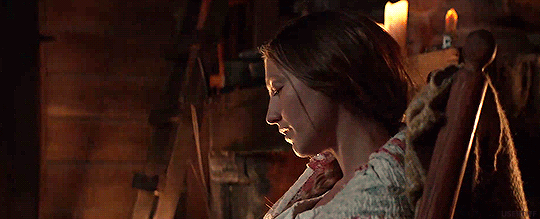
TJ MIKELOGAN’s HALLOWEEN 2024 EVENT — DAY TWENTY-SEVEN
DAY 27: Period horror: The Wind (2018)
92 notes
·
View notes
Text
Riddle #17:
What does a bottle enjoy wearing most?
Answer: Heels
I'll be honest, I wasn't expecting anyone to have knowledge of a bottles distinct features.
37 notes
·
View notes
Text
oh this orange is going to be so fucking dry and juiceless
59K notes
·
View notes
Photo

More info: http://bit.ly/3OzWTMw
151 notes
·
View notes
Photo
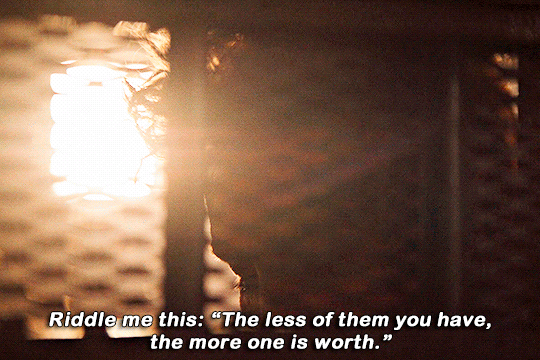



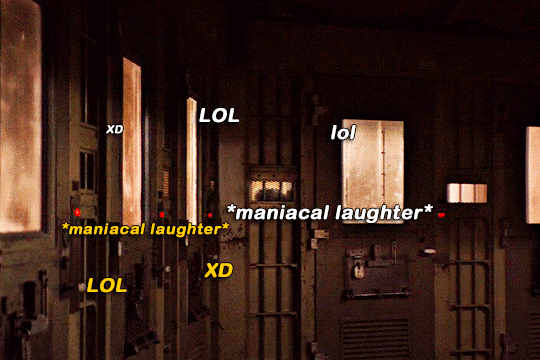
What is it they say? “One day you’re on top, the next… you’re a clown.”
The Joker and The Riddler in THE BATMAN (2022)
4K notes
·
View notes
Text
riddler and joker: (laughing maniacally and becoming best buds)
the arkham security guard down the hall that put them next to each other:

7K notes
·
View notes
Text
the riddler and his dumb instagram lives be like

15K notes
·
View notes
Text
you’re not evil girl you’re just lonely and no one has cared for you in a while and its making you crazy can you go get a fucking chai latte or something
69K notes
·
View notes
Text
I have the biggest dick in 40 square miles
223K notes
·
View notes
Photo
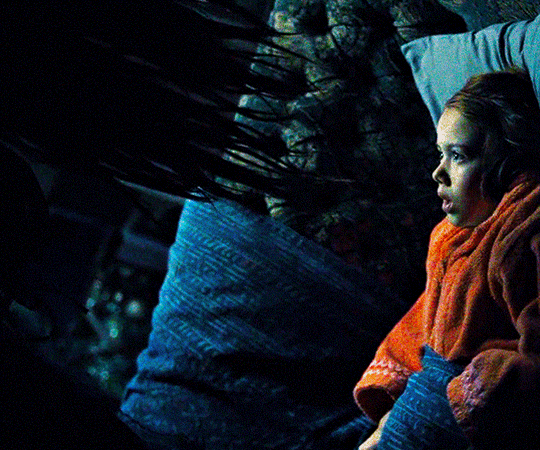
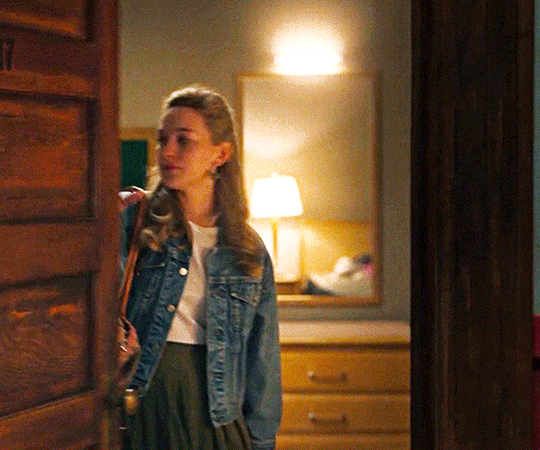
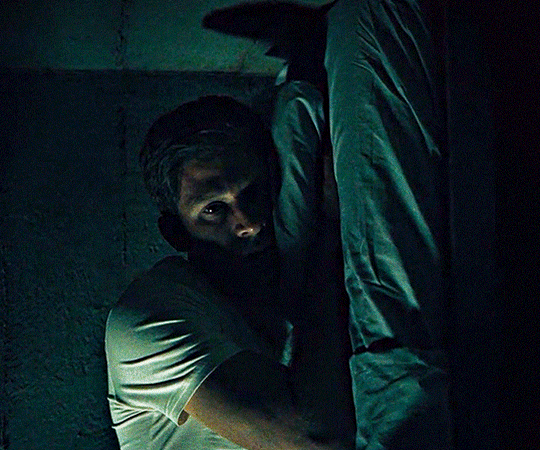
MIKE FLANAGAN UNIVERSE + GHOSTS
the haunting of the hillhouse (2018) the haunting of bly manor (2020) midnight mass (2021)
9K notes
·
View notes
Photo

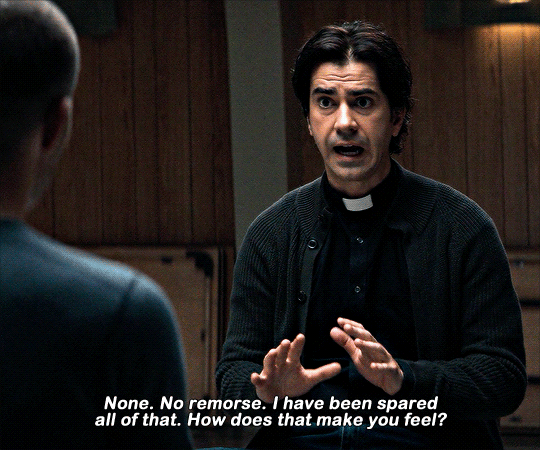


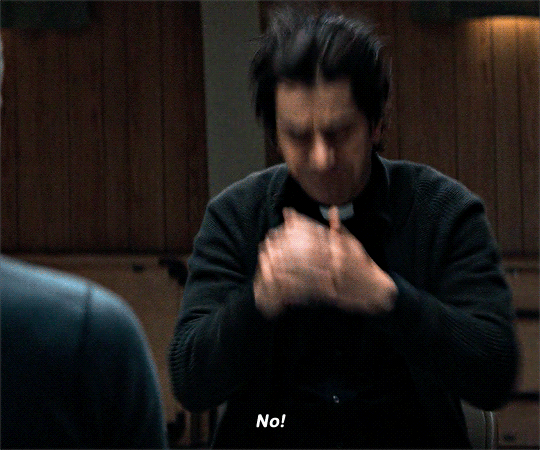




The guilt you feel. The remorse. You feel that every day? Yes. Even though you didn’t mean to do it? Yes. Midnight Mass | Book V: Gospel
8K notes
·
View notes




